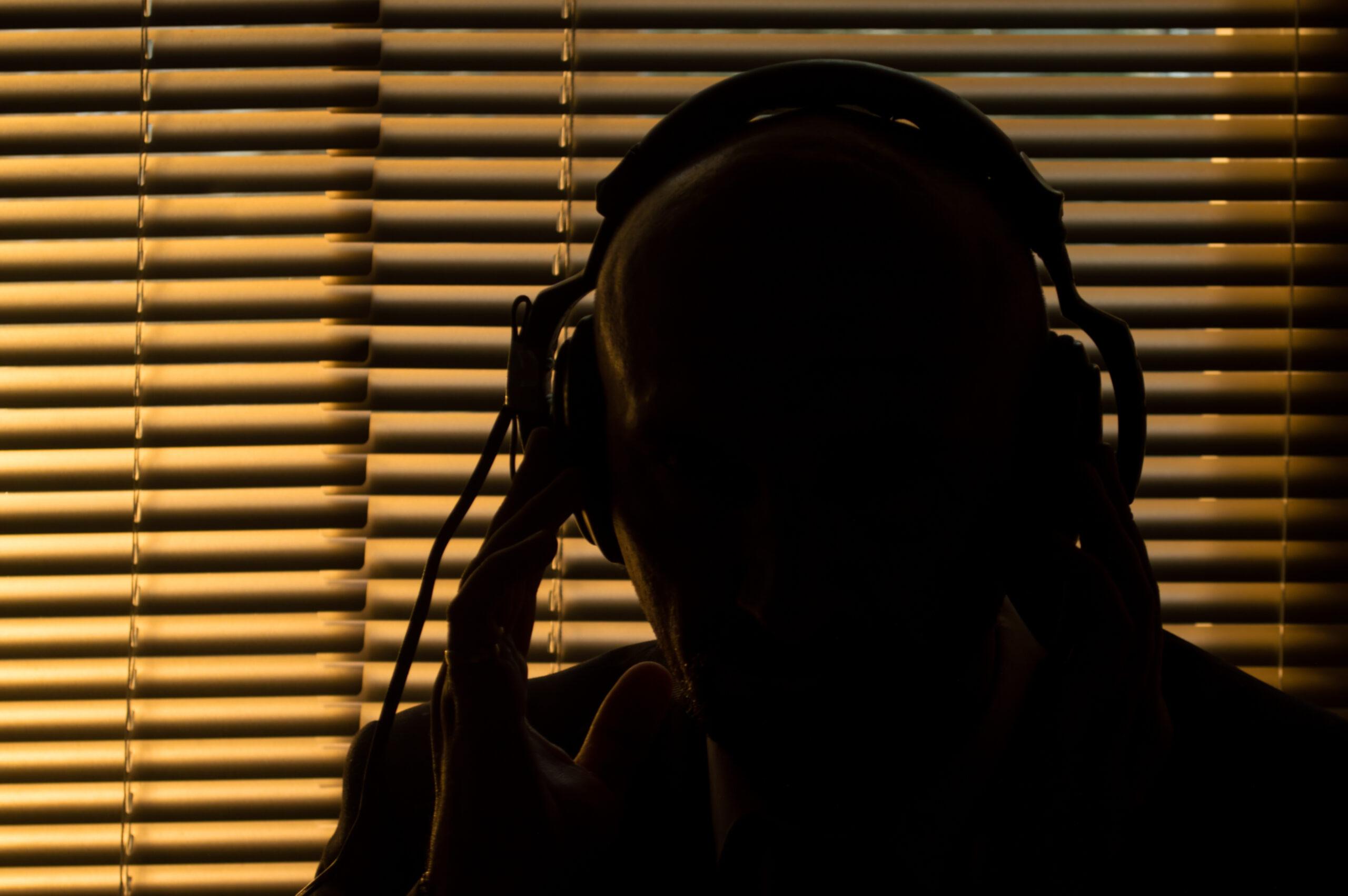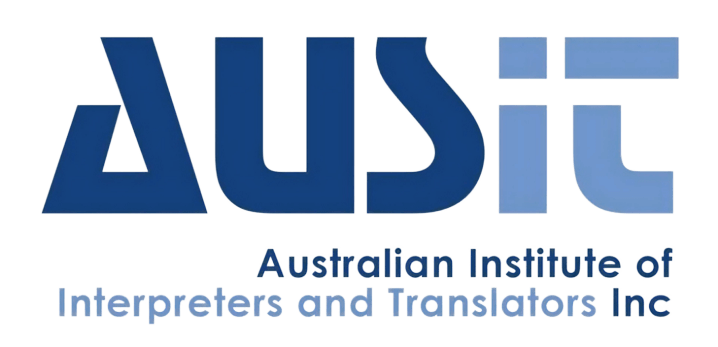FORENSIC T&I

T&I practitioners and educators Dr Miranda Lai and Steve Elkanovich share a wealth of experience in working with law enforcement agencies, including providing language services for covertly obtained private communications. For those who haven’t have the chance to attend one of their recent masterclasses in forensic transcription and translation, we’ve asked them to tell us all about this lesser known area of T&I.

‘In an increasingly globalised world, crimes do not observe national or linguistic borders …’
Many T&I colleagues are no strangers to working with law enforcement agencies – in investigative interviews or the taking of witness statements in police stations, or in live operations in the field.
However, there is another, less visible area of law enforcement activity that often requires T&I services: covert recordings conducted legally in order to collect information that may be used to prevent or solve crimes. In an increasingly globalised world, crimes do not observe national or linguistic borders, so covert recordings obtained by Australian law enforcement services may contain languages other than English (LOTE).
To realise the intelligence value of the recordings, these segments require conversion into English, and this must often be achieved in real time in order to enable crime-fighting operations – for example, by assisting police officers to get to the right place at the right time, in order to arrest persons of interest or seize targeted illegal commodities.
Furthermore, when cases enter legal proceedings, covert recordings may be used by the prosecution as forensic evidence, in order to let words uttered by the defendant and caught ‘on tape’ speak for themselves1 – for example admissions of guilt, or of involvement in or knowledge of criminal activity.2
Covert recordings are obtained through two channels: telecommunications and surveillance. Telecommunications relates to telephone and any communications via the internet, both monitored live intercepts – for example, of telephone or Voice over Internet Protocols (VOIPs) such as Whatsapp, Line, Wechat – and stored communications, such as retrievals of voice or text messages. Covert surveillance is achieved by planting and monitoring audio or audiovisual recording devices in targeted venues and vehicles.
Obviously, the recordings obtained may have high evidentiary value when used in criminal trials – if the ‘triers of fact’ (that is, the judge and jury) are able to hear what is caught ‘on tape’ and understand what is being said. Often, however, recordings obtained through surveillance devices feature poor acoustic quality.

The sources of speech may be distant from the device; unwanted background noises (radio, a dishwasher, playing children, a barking dog, street noise) can be indiscriminately picked up in the recording; and most significantly, as the speakers are not intending to be ‘overheard’, the discourse tends to be ‘messy’ – it may feature overlapping talk, talking out of turn, use of dialects or in-group language, code switching and so on.
When it is challenging for the triers of fact to hear what is in a recording presented as forensic evidence, the law allows them to be assisted by a transcript (referred to in Australian courts as an aide memoire [French for ‘memory aid’])3 produced by the investigating officer.
When a recording contains LOTE(s), regardless of the quality of recording, translations must be produced to enable the triers of fact to understand what’s being said. Such forensic translations are admitted as evidence in addition to the recording itself, and the T&I practitioner who has produced a translation becomes an expert witness if subpoenaed by the court.

Translating covert recordings for evidentiary purposes is extremely challenging. To some extent it is analogous to court interpreting, in that it should render not only what has been said but also how it’s been said – but in writing.
Further, like a court interpreter, a translator of covert recordings must take care to strike a balance between literal and meaning-based approaches, in order to produce understandable outputs without usurping the law. When working with T&I services, the judiciary is often particularly wary about the potential for translation to convert implication into fact. For example, ‘red and white buttons hidden under the bed’ should be rendered as is, rather than ‘drugs hidden under the bed’, leaving such ‘interpretation’ to the prosecution.
The main difference between court interpreting and forensic translation of covert recordings (FTCR) is that a court interpreter can resort to asking the presiding judge permission to clarify the meaning of an utterance, when necessary, with the person who produced it, whereas FTCR is carried out in isolation from the actual speech event, so questions cannot be posed to the speaker(s) in a recording.
‘In the absence of evidence-based training and work protocols, T&I practitioners do their best to perform FTCR.’
FTCR used as evidence in criminal trials has significant consequences. As the contents of a recording can be incriminating – or conversely, exculpating – the accuracy of their rendition is critically linked to ensuring fair administration of justice.
In FTCR, a number of factors combine to make the task of deciphering the utterances extremely challenging. These include:
- the lack of ‘ground truth’ – i.e., the accurate, incontestable knowledge of what was really said4
- the often poor acoustic quality
- the lack of visual cues when in audio format
- the ‘messiness’ which comes with lay speech in private communications in any language
- the usual challenges of interlingual translation.
Listening to aural signals in a recording involves ‘interpretation’ of the sounds, which is never a neutral activity. In other words, the way one T&I practitioner ‘interprets’ a sound heard in a recording may be different from how another practitioner ‘interprets’ the same sound, particularly when the sound is indistinct.
For FTCR assignments, practitioners often need to physically attend the law enforcement offices and use the IT systems there, rather than working from home as they do for most other translation work.
Practitioners are also sometimes provided with contextual information that is relevant to the case they are working on (but has yet to be tested by the trial process5). In such situations, the risk of suggestibility in what a practitioner hears may impact on the reliability of the translation. For example, imagine mishearing ‘a packet of gum in the car’6 as ‘pack the gun in the car’,7 which could have serious legal consequences.6
It is also worth pondering how T&I practitioners who haven’t received training in forensic phonetics (in English, not to mention in LOTE) are able to perform FTCR satisfactorily.
And in FTCR, as in conventional translation, there is never just one way of rendering a source text. Both activities involve decision making, the difference being that conventional translation deals with written source text, while FTCR deals with oral source text. Unless the practitioner writes down the utterances in LOTE first (i.e., produces a LOTE transcript), they have to resort to repeatedly pausing and reviewing sections of the recording to access each segment of the oral source text in the process of producing a forensic translation.
The nature of FTCR makes it a hybrid activity, requiring a practitioner who possesses both an interpreter’s acumen in deciphering spoken discourse and a translator’s skills in rendering it into the target written text. However, both interpreters without NAATI translation credentials and translators without NAATI translation-into-English credentials are often engaged by law enforcement to listen to and translate covert recordings for evidentiary purposes.
Even if a T&I practitioner has experience in this area, there are often no guidelines available to law enforcement officers to govern how to work with T&I practitioners, and vice versa. Issues that would benefit from such guidance include the need for briefing, and the timing and extent of briefing; how best to format and present the forensic translation; and what kind of translator’s notes (containing para-, extra- and sociolinguistic information) to provide and to expect in the translation.
There is also the issue of whether voice identification and speaker profiling (i.e., giving an opinion on what dialect a person speaks and/or what region they might be from) – often requested by law enforcement officers – should be performed by T&I practitioners. A paper published earlier this year by [the co-author of this article] Miranda Lai provides a description of the national landscape of this under-researched area.8
In the absence of evidence-based training and work protocols, T&I practitioners do their best to perform FTCR. However, we can take heart from the Recommended National Standards for Working with Interpreters in Courts and Tribunals, which are already resulting in positive change facilitating better interpreting services for all involved.
Following this example, the way forward may be to formulate a set of dedicated national standards for FTCR. This is in line with the 2017 Call to Action (initiated by the Australian Linguistic Society, and supported by AUSIT among other national organisations) seeking reform of the legal handling of covert recordings used as evidence in criminal trials9. The topic was taken up at the AUSIT National Conference 2023 by Professor Helen Fraser from the University of Melbourne’s Research Hub for Language in Forensic Evidence.
Dr Miranda Lai is a senior lecturer in interpreting and translating studies at RMIT University. She has completed a PhD in interpreter-mediated police interviews and co-authored two books on the topic: Police Investigative Interviews and Interpreting (2015) and Ethics for Police Translators and Interpreters (2017). Miranda has recently published a paper on Australian interpreters and translators undertaking forensic transcription and translation assignments (see reference below).
Steve Elkanovich is Assistant Director, Language Services at the Australian Criminal Intelligence Commission. He studied linguistics at the University of New South Wales and interpreting and translation at the Belarusian State Linguistic University. An AUSIT member since 1996, Steve has worked as a professional T/I specialising in investigative and forensic T&I in Europe, Africa and Australia, and has also taught languages and interpreting for many years at Sydney Institute of Technology (TAFE).
1 Fishman CS (2006). Recordings, transcripts, and translations as evidence. Washington Law Review 81(3):473–523, p. 475.
2 Love R & Wright D (2021). Specifying Challenges in Transcribing Covert Recordings: Implications for Forensic Transcription. Frontiers in Communication 6, p. 2.
3 See: Butera v Director of Public Prosecutions (Vic) [1987] HCA 58; (1987) 164 CLR 180 (8 December 1987).
4 Fraser H & Loakes D (2020). Acoustic injustice: The experience of listening to indistinct covert recordings presented as evidence in court. Law, text, culture 24:405–429, p. 416.
5 Fraser & Loakes, as above, p. 417.
6 Harrington L (2023). Incorporating automatic speech recognition methods into the transcription of police-suspect interviews: factors affecting automatic performance. Frontiers in Communication 8, p. 8.
7 This is an example in English to illustrate the possibility of mishearing. For more examples of mishearing in English and relevant studies refer to Forensic Transcription Australia.
8 Lai M (2023). Transcribing and Translating Forensic Speech Evidence Containing Foreign Languages – An Australian Perspective. Frontiers in Communication 8:1–18.
9 Fraser H (2021). Translating covert recordings: Why more support is needed. In Touch 29(2):13.


